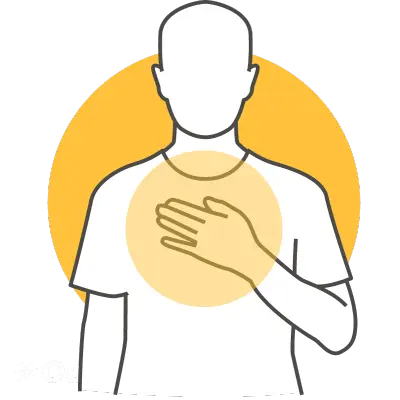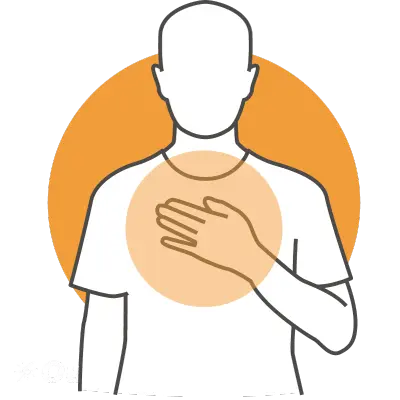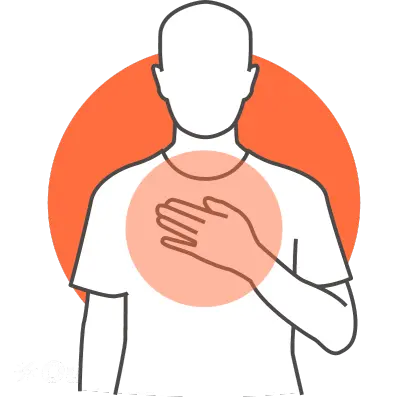Explore the diversity of pain, from fleeting to chronic and the challenges of cancer. Discover examples and tips to alleviate these feelings. Welcome to an essential health guide for a vibrant life.


Transient pain is often associated with minor injuries, infections or temporary trauma.
See all articles
Chronic illnesses cause persistent pain that can last for months or even years.
See all articles
Cancers, much more than malfunctioning cells, cause intense and often prolonged pain.
See all articles
Pain, a universal experience, can take different forms and severities, significantly influencing our quality of life. In this article, we explore the spectrum of pain, emphasizing the distinction between transient pain, chronic illnesses and the daunting challenge of cancers. Additionally, we will examine how balanced lifestyle habits can play a crucial role in preventing these conditions, strengthening the immune system, and promoting overall well-being.
Transient pain is often associated with minor injuries, infections or temporary trauma. Examples: Migraines Muscle sprains Mild burns Cuts and scrapes Minor post-surgical pain
Chronic illnesses cause persistent pain that can last for months or even years.
Here are some examples of chronic illnesses that can lead to pain:
Rheumatoid arthritis
Fibromyalgia
Crohn's disease
Celiac disease
Type 1 and 2 diabetes
Multiple sclerosis (MS)
Irritable bowel syndrome (IBS)
Parkinson's disease
Chronic asthma
Cardiovascular diseases (heart failure, heart disease) Chronic obstructive pulmonary disease (COPD) Ankylosing spondylitis
Psoriasis and arthritic psoriasis
Chronic kidney disease
Systemic lupus erythematosus (SLE)
Chronic fatigue syndrome (CFS)
Rheumatoid arthritis
Endometriosis
Neurodegenerative diseases (Alzheimer's, dementia)
Ehlers-Danlos syndrome
Cancers, much more than malfunctioning cells, cause intense and often prolonged pain.
Examples:
Pain associated with tumor
Post-surgical pain
Bone pain linked to metastases
Neuropathic pain due to certain treatments
Pain associated with chemotherapy
We can find pain in the cancers below:
Breast cancer
Lung cancer
Colorectal cancer
Prostate cancer
Ovarian cancer
Cervical cancer
Bladder cancer
Stomach cancer
Liver cancer
Skin cancer (melanoma, basal cell carcinoma, squamous cell carcinoma)
Thyroid cancer
Leukemia cancer
Pancreatic cancer
Kidney cancer
Esophageal cancer
Throat cancer
Prostate cancer
Brain cancer
Bone cancer (osteosarcoma)
Throat cancer (pharynx)
Use cold or warm compresses depending on the type of injury.
Practice relaxation techniques, such as deep breathing.
Take over-the-counter pain relievers as directed.
Adopt appropriate physical exercises, such as swimming or yoga.
Consider alternative therapies such as acupuncture or physical therapy.
Use anti-inflammatory medications or pain relievers prescribed by your doctor.
Combine a management plan from pain to your medical treatment.
Seek psychological support to deal with the emotional dimension.
Use strong pain relievers under the supervision of your medical team.
A balanced life, characterized by a healthy diet, regular physical activity and stress management, can play a crucial role in preventing pain and disease. These habits help strengthen the immune system, thereby reducing the risk of chronic diseases and cancers.
To help you assess, track and manage your pain, we recommend the Outch! Download it now to benefit from a practical tool and receive rewards for participating in pain surveys.
Pain management requires in-depth understanding, practical advice and a commitment to a healthy lifestyle. By integrating these principles, you can not only alleviate the feelings of transient pain, chronic illnesses and cancers, but also promote lasting general well-being.